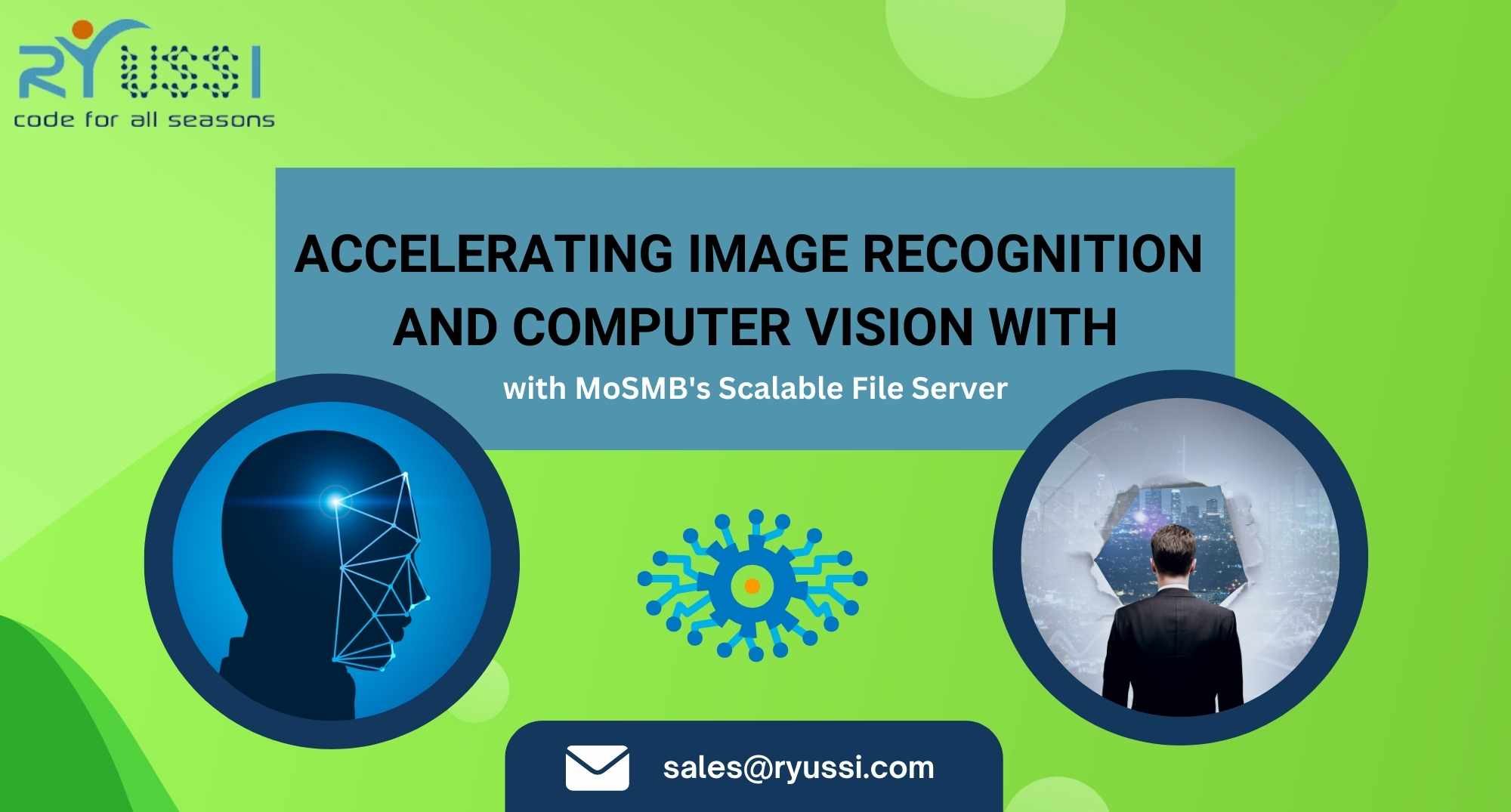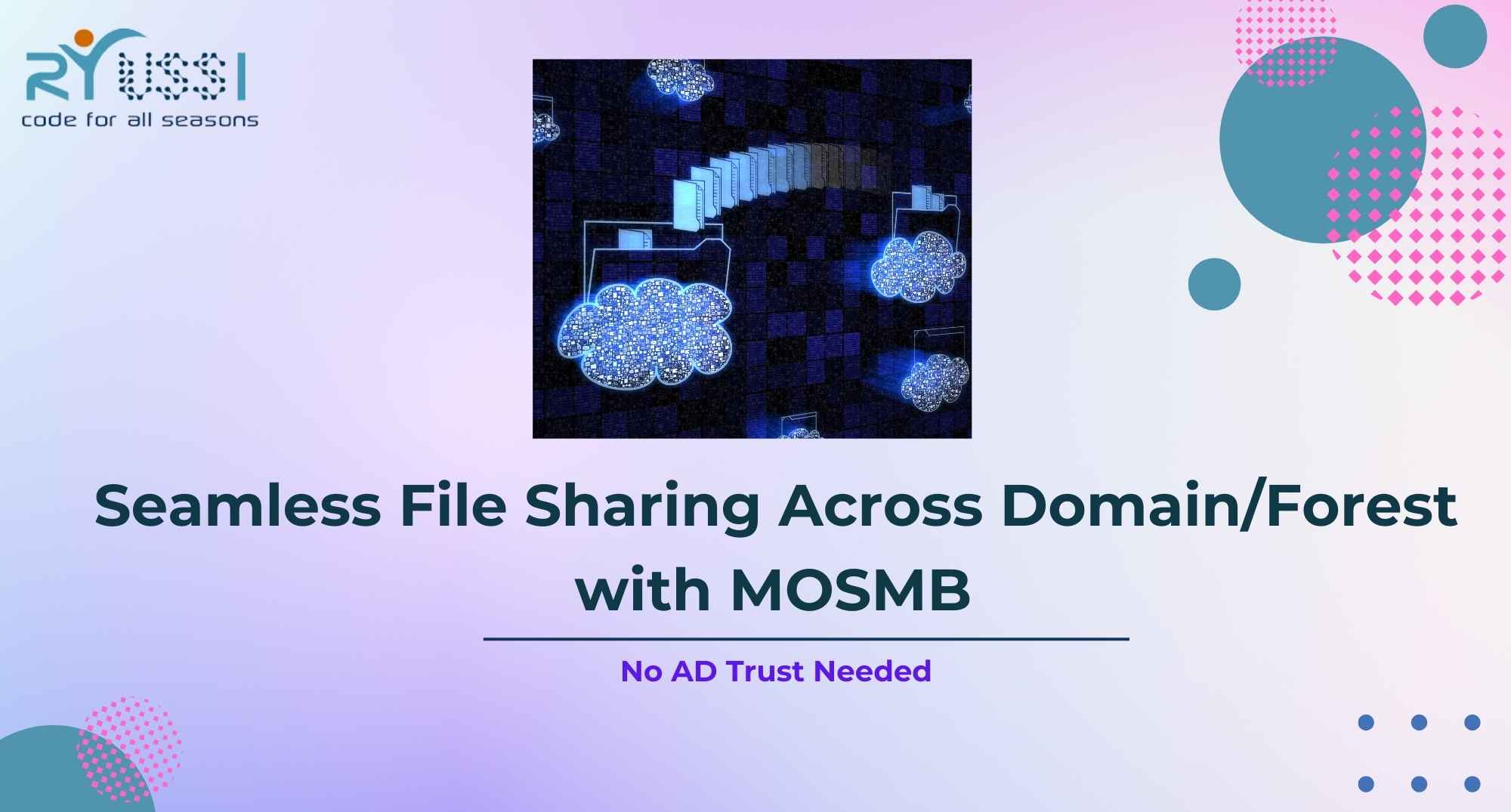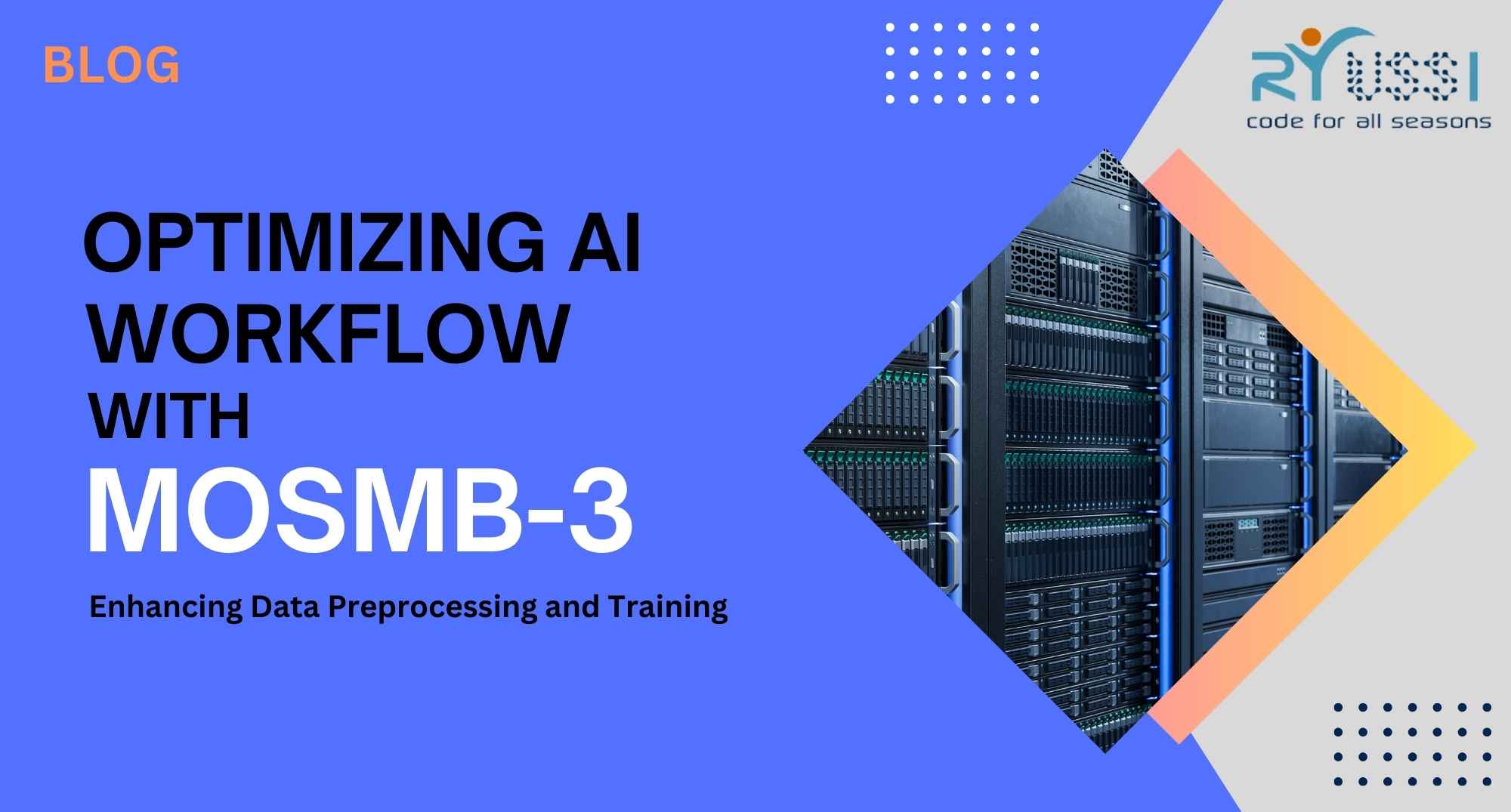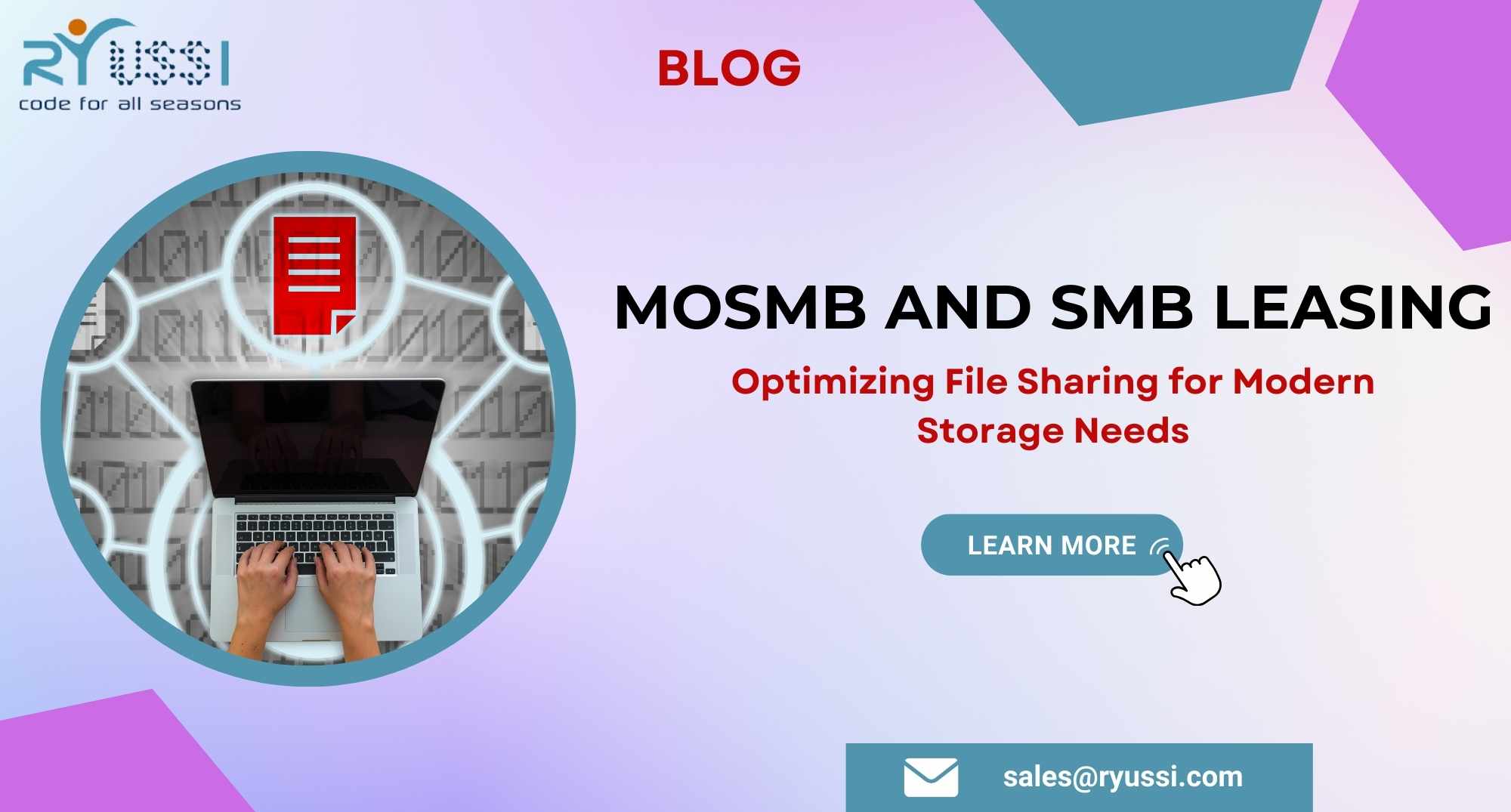
Accelerating Image Recognition and Computer Vision with MoSMB’s Scalable File Server
The fields of image recognition and computer vision (CV) are experiencing unprecedented growth, driven by the increasing demand for high-quality visual content in industries such as media and entertainment. From video streaming and post-production to real-time video analysis, image recognition and computer vision are transforming how content is created, processed, and delivered. However, these technologies come with significant challenges, including the need to manage large volumes of data, ensure low-latency access, and support distributed workflows.
MoSMB’s scalable file server provides a powerful solution for organizations grappling with the data demands of AI-driven image recognition and computer vision workloads. By offering high throughput, low-latency access, and seamless scalability, MoSMB enables media production and content creators to accelerate their AI-based visual data processing and optimize workflows.
The Rise of Image Recognition and Computer Vision in Media & Entertainment
In the media and entertainment industry, the use of image recognition and computer vision has become essential for a variety of applications:
- Post-Production: AI-driven tools can automatically identify and tag visual elements in raw footage, enabling faster editing and content organization.
- Special Effects (VFX): Computer vision is used to track movements and create realistic animations or special effects in movies, cutting down manual labor and improving production timelines.
- Content Moderation: Automated systems based on computer vision algorithms can filter inappropriate content from user-generated videos, ensuring compliance with content regulations.
- Real-Time Streaming: AI-driven image recognition helps in live event streaming by identifying key moments, enhancing the viewer experience through automated highlights.
These applications rely on the efficient handling of large datasets—high-resolution images and video files—that can reach terabytes in size. AI models for image recognition and computer vision require continuous access to this data, making the underlying file-sharing infrastructure crucial for delivering real-time, high-performance results.
Challenges in Scaling Image Recognition and Computer Vision Workloads
Organizations involved in image recognition and computer vision face several challenges when scaling their operations:
- Data Volume and Storage Requirements: Media content, especially in 4K or 8K resolution, generates massive files. Processing these files for AI model training and real-time applications demands high storage capacity and fast data retrieval systems.
- Real-Time Processing Needs: Whether processing video streams for content moderation or applying visual effects in post-production, latency is a critical factor. Any delays in accessing data can slow down workflows, reducing productivity and increasing costs.
- Collaboration Across Teams: In the media industry, teams often work across different locations. Editors, VFX artists, and AI developers must collaborate in real-time, requiring simultaneous access to shared data without duplicating files or creating version control issues.
- Scalability: As the demand for high-quality video and image content grows, so too does the need for infrastructure that can scale without compromising performance. The storage system must grow to accommodate the increasing data loads, while maintaining fast access for teams working in parallel.
How MoSMB Enhances Image Recognition and Computer Vision Workflows
MoSMB’s scalable file server is designed to overcome these challenges by providing the performance and flexibility needed to manage AI-driven image recognition and computer vision workloads.
- High Throughput for Large Media Files
One of MoSMB’s key advantages is its ability to deliver high throughput, making it ideal for handling large video and image files. High-resolution media, such as 4K or 8K video footage, requires immense data transfer speeds for real-time processing. MoSMB, built on the SMB3 protocol, optimizes data flow between storage and workstations, ensuring that AI models can access and process large datasets without bottlenecks.
In post-production environments, for instance, editors and AI-driven tools can work on high-quality footage simultaneously, accelerating workflows and minimizing delays caused by slow file transfers.
- Low-Latency File Access for Real-Time Video Processing
In computer vision applications, low-latency data access is essential for real-time video analysis and image recognition. MoSMB’s low-latency architecture ensures that AI models can retrieve and process data with minimal delay, whether it’s for real-time content moderation during a live broadcast or automated video tagging for a streaming service.
For media companies working with live events or fast-paced editing environments, MoSMB helps eliminate lag, ensuring that real-time tasks, such as AI-based video highlights or content segmentation, are executed without compromising the user experience.
- Seamless Collaboration for Distributed Teams
In the media and entertainment industry, teams are often spread across multiple locations, working on different aspects of the same project. MoSMB provides robust file-sharing capabilities that allow distributed teams to collaborate in real-time on the same datasets without duplicating files or running into versioning conflicts.
For example, a VFX team in one location can work on applying effects to footage while the editorial team in another location reviews and processes the same video files. MoSMB’s file server ensures all team members have access to the latest data, streamlining collaboration and speeding up project timelines.
- Horizontal Scalability for Growing Workloads
As image recognition and computer vision applications evolve, the volume of data being processed increases. MoSMB offers horizontal scalability, allowing media organizations to scale their storage infrastructure as their data requirements grow. This ensures that performance remains consistent, even as datasets expand.
Whether you are working on large-scale video production, developing AI models for video analytics, or managing an extensive content library, MoSMB can scale to meet your needs without sacrificing performance or reliability.
- Support for Edge Computing and Cloud Environments
In many media applications, data needs to be processed closer to where it’s generated, such as in live broadcasting or on-set video editing. MoSMB supports edge computing environments, allowing AI models to process data at the edge while maintaining seamless integration with cloud storage or central data centers.
This flexibility is critical for media companies that need to process data in real-time, whether it’s for live sports analysis, real-time content recommendations, or automated video indexing.
- Enterprise-Grade Security for Media Assets
Media and entertainment organizations often deal with sensitive, high-value content that requires robust security. MoSMB provides enterprise-grade security features, including encryption, secure access controls, and data protection, ensuring that valuable media assets remain safe throughout the entire workflow.
Media companies concerned with intellectual property protection, MoSMB ensures that data security is never compromised, even when collaborating across distributed teams.
Conclusion: Transforming Media Workflows with MoSMB’s Scalable File Server
As the demand for AI-driven image recognition and computer vision continues to grow in the media and entertainment industry, the need for scalable, high-performance file-sharing solutions becomes more critical. MoSMB’s scalable file server delivers the throughput, low-latency access, and distributed collaboration capabilities that media companies need to accelerate their image recognition and computer vision workflows.
Whether you are developing AI models for video analysis, enhancing post-production workflows, or managing large-scale video content, MoSMB provides the infrastructure to meet the demands of modern media production. With MoSMB, media organizations can unlock the full potential of AI, driving innovation and improving content creation and distribution processes.
For more information on how MoSMB can accelerate your image recognition and computer vision projects, contact us at sales@ryussi.com.






